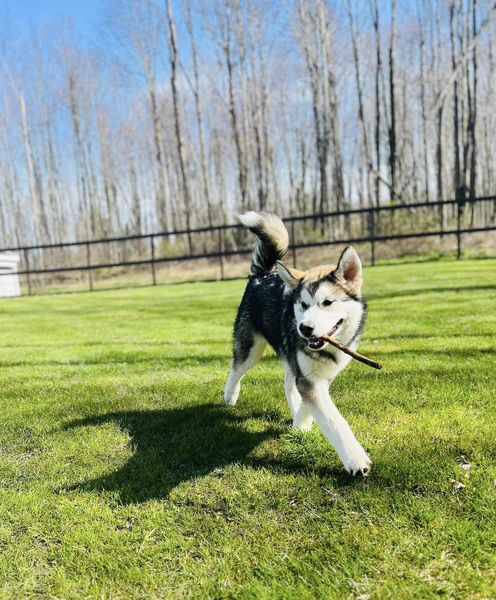In the world of dog ownership, behavioral challenges often arise, from incessant barking to destructive chewing. These habits not only disrupt harmony within the household but also pose risks to the well-being of the pet. Fortunately, with the right approach, these behaviors can be reshaped through an effective dog training program. Before delving into training techniques, it is essential to comprehend the underlying reasons behind a dog’s behavior. Dogs often exhibit certain habits due to boredom, anxiety, or lack of proper training. Identifying these root causes is crucial in designing a tailored training regimen.
Positive Reinforcement – At the core of any successful dog training program lies the principle of positive reinforcement. This technique involves rewarding desired behaviors to encourage their repetition. Whether it is offering treats, verbal praise, or affectionate gestures, positive reinforcement fosters a strong bond between the owner and the dog while motivating the latter to exhibit desirable conduct.
Consistency is Key – Consistency is the linchpin of effective dog training. Establishing clear boundaries and expectations ensures that the dog understands what is expected of them. Inconsistencies in commands or responses can confuse the animal and impede progress. By maintaining consistency in both training methods and enforcement of rules, owners can accelerate the behavior makeover process.
 Patience and Persistence – Transforming a dog’s behavior is not an overnight endeavor. It requires patience, persistence, and unwavering dedication. Dogs, like humans, learn at their own pace, and setbacks are inevitable. However, with consistent effort and a positive mindset, gradual improvement will be evident.
Patience and Persistence – Transforming a dog’s behavior is not an overnight endeavor. It requires patience, persistence, and unwavering dedication. Dogs, like humans, learn at their own pace, and setbacks are inevitable. However, with consistent effort and a positive mindset, gradual improvement will be evident.
Tailored Approach – Every dog is unique, and a one-size-fits-all approach to training may not yield the desired results. A successful behavior makeover hinges on understanding the individual needs, temperament, and learning style of the dog. Tailoring the training program to suit these specifics maximizes effectiveness and ensures a harmonious relationship between the owner and their canine companion.
Socialization – Exposing the dog to various stimuli, including other dogs, people, and environments, is essential for fostering well-rounded behavior. Socialization not only reduces anxiety and fear but also instills confidence and adaptability in the dog. Structured socialization exercises should be integrated into the training program from an early age to promote positive interactions and prevent behavioral issues.
Addressing Undesirable Behaviors – In addition to reinforcing positive behaviors, it is equally important to address undesirable habits effectively. Whether it is excessive barking, jumping, or aggression, these behaviors must be tackled promptly and decisively. Employing techniques such as redirection, desensitization, and behavior modification helps reshape these habits while promoting alternative, more desirable behaviors and Visit Link Here.
Professional Guidance – While many dog owners can successfully train their pets independently, seeking professional guidance can be invaluable, especially for complex behavioral issues. Certified dog trainers possess the expertise and experience to assess behavior accurately and implement targeted interventions. Additionally, attending obedience classes or seeking one-on-one sessions with a trainer can provide owners with invaluable insights and support.
A behavior makeover is not merely about correcting undesirable habits it is about fostering a positive, fulfilling relationship between the owner and their dog. By embracing positive reinforcement, consistency, patience, and a tailored approach, owners can effectively reshape their pet’s behavior and nurture a bond built on trust, respect, and mutual understanding.
